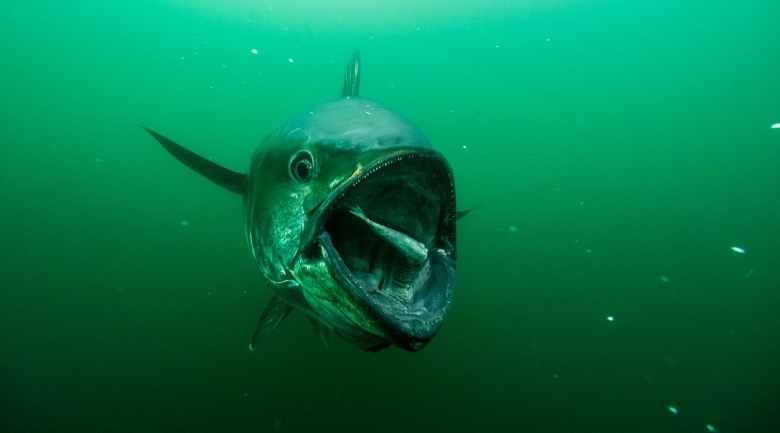
If you’re on the hunt for planets that sustain life, the best bet might not be stars like our sun, but small, cool stars; orange and red dwarfs. These have been found to host more Earth-sized planets, and they are very abundant. They make up more than 75% of the stars in our universe, and nearly every red dwarf star has at least one planet.
But there’s a potentially fatal flaw here: When exoplanets orbiting these stars are the right distance to hold liquid water, they tend suffer from what astronomers call rotational lockup. Much like how one side of our Moon always faces the Earth, one side of the planet always faces its star. With an always-day desert on one side and an arctic hellscape on the other, any planet’s chance of being habitable looks far less likely.
Here comes some good news, though. A team of astrophysicists has announced that this thinking could be wrong, rotational lockup is not necessarily the rule for these exoplanets. As they report in the journal Science, the simple existence of an atmosphere (even one as thin as Earth’s) can keep a planet twirling and habitable.
According to Jérémy Leconte, the theoretical astrophysicist at the University of Toronto who lead the team that made this discovery, the finding means that a large number of already discovered Earth-like planets might be a lot more habitable than we thought. "Planets with potential oceans could thus have a climate that is much more similar to the Earth’s than we’ve previously expected," he says.
